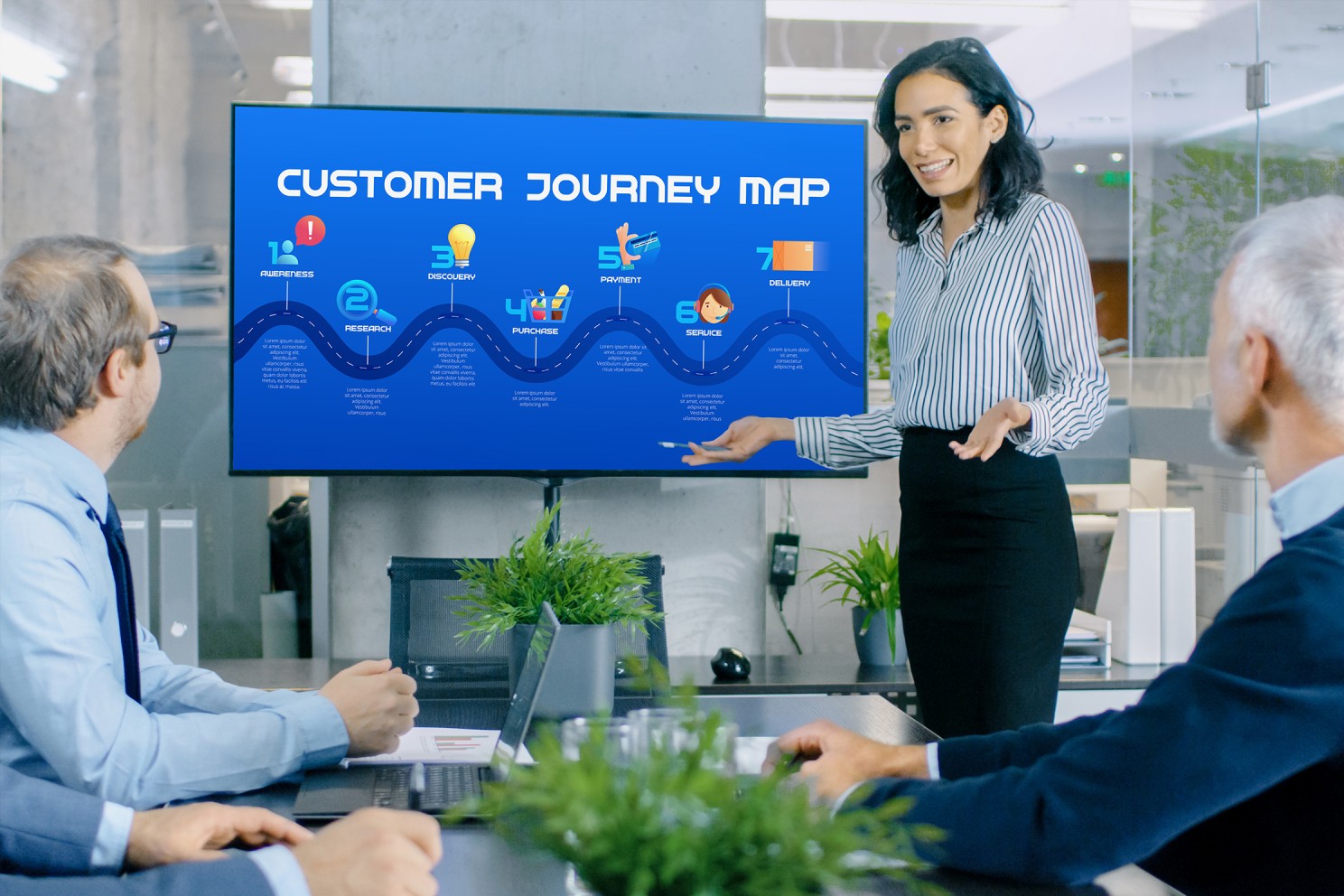
5 Ways to Convince Your Company to Think “Customer First”
Customer centricity has been an industry buzzword for many years now, and yet many companies are still struggling to deliver a consistently impactful customer experience.
In fact, according to Forrester’s 2023 Customer Experience Index, only 6% of U.S. brands were able to significantly improve their CX quality even though 80% of business leaders claimed that CX is a high priority in their organization.
One of the most common barriers to customer centricity is the lack of a company-wide customer-first culture. A lot of people across the organizational structure, from top management to middle managers and rank and file, remain internally focused and product-centric. Meanwhile, customer experience is only considered a top priority in certain departments like marketing.
Achieving customer centricity requires collective effort and buy-in throughout the company. You may be convinced that putting the customer first is smart business, but you will need to get the rest of your organization on board, from senior leadership to employees, and the methods that work best to sway top management may be somewhat different from those that work with the rank and file.
Here are five effective techniques for bringing your entire organization on board, with some indications as to which methods may be best for which target audiences within your company.
1. DEMONSTRATE THE FINANCIAL LINK

While the idea of being more customer-centric may feel good, senior stakeholders such as board members and senior executives who are responsible for the financial “bottom line,” may not necessarily see the certainty of the return on investment. After all, every extra dollar spent delivering a better experience is theoretically a dollar that could have been reported as profit.
So especially when the financial “ask” feels significant, you will need strong proof that this spending will actually increase the company’s financial results, not just deliver happier customers.
Numbers speak volumes. Highlighting statistics that clearly demonstrate the business success of customer-centric companies can be an effective motivator to change views, particularly for leadership.
For instance, a McKinsey analysis showed that over a six-year period (2016-2021), organizations with excellent customer experience achieved more than double the revenue growth of companies with poor CX quality.
Robust results like this can help convince leaders that investing in customer-focused strategies will pay off in tangible ways such as greater customer retention and higher revenues.
2. VIDEOS OF CUSTOMERS EXPERIENCING PROBLEMS

Very often, efforts to improve customer experience focus on alleviating some area of inconvenience, effort, or frustration that customers may be feeling today.
Realizing the full benefit and impact that will come from fixing these problems requires an understanding of how significant the problems are for customers today, both the practical impact and also the emotional one.
At my company, FROM, one of the key tools we use to get customer feedback is observational research whereby we video customers engaged in, for example, shopping experiences and document the problems they face. Using clips of these real customer experiences can be a powerful tool to bring stakeholders on board, and it’s especially valuable for more senior stakeholders. Employees who face off with customers every day are often well aware of the challenges that customers deal with because they observe them directly. But to senior managers who may not be as close to customers, can be more abstract.
For example, at one client we conducted research where customers tried to book business trips on the client’s travel website. Certain steps in the process were confusing to some customers. Sharing “picture in picture” curated video reels that showed both the screen recording of what the subject was doing as well as the camera showing their synchronized facial expressions made it clear how much frustration, annoyance, and disappointment the confusing interface was creating.
Seeing these real people in pain creates empathy on the part of stakeholders and makes them more motivated to support solving the problem. In addition, it becomes more obvious that negative emotional experiences of that magnitude are probably impacting sales, and therefore fixing them is not just “nice” to do but something that will yield tangible results.
3. JOURNEY MAPS

While getting leaders on board is crucial, gaining the support of employees is just as important to truly pivot to a customer-first mindset. One tactic to achieve this is to communicate the vision of the future experience you wish to create for the customer. The more concrete and specific this vision can be, the more inspiring it will be.
One powerful tool to succinctly communicate a future vision is a customer journey map—a storytelling diagram that outlines the key steps that customers will go through when they interact with a product or service.
FROM often creates these maps as part of our strategic visioning engagements. At one financial service client we worked with, executives posted customer experience charts on their office walls so they could be seen by all employees. At a major children’s brand we worked with, a storyboard view of the experience was ultimately put to music and shared as a video company-wide.
4. GET YOUR TEAM INVOLVED
There is nothing like firsthand experience. Giving people the opportunity to observe customers directly can help them better identify a customer’s emotional need, understand the reasons behind that need, and figure out the best ways to address it.
When employees observe focus groups or sit in on interviews, they can also interpret observations more accurately because they already have deep context on the “behind-the-scenes” of the customer experience.
More importantly, they can become instant evangelists for the customer’s view and what the customer deserves. We saw this when team members at one client who runs many of the Broadway theaters sat in on customer interviews about the Broadway show-goer experience. Employees, excited about what they saw, then spread the word to leadership and peers with little prompting.
Workshops are also an effective way to engage more team members at once and immerse them in the customer experience. Our team at FROM organized a workshop for one of our clients, where employees took turns acting out each step of the customer journey, from the first interaction to the customers becoming loyal advocates. This interactive exercise helped them think like customers and created a collaborative atmosphere with some fun moments.
5. CREATE NEW METRICS

In the longer term, one of the most effective ways to drive new behaviors in your employees is to put metrics in place that measure those behaviors.
For example, if you start reporting on the value and duration of the customer relationship, you’ll see your team take action to increase customer loyalty and retention. Or, if you focus energy on engagement metrics—how much your customers are interacting with you—you’ll see employees shift their attention to creating a much richer end-to-end experience to increase customer engagement.
For metrics to drive customer centricity, they need to have these two elements: First, the metric must be an outcome that the customer considers to be important. Second, it needs to be measured in terms of factors that customers actually value, such as time, convenience, money saved, and options given.
Consider a customer who is shopping around for an insurance provider. A company that can provide a personalized, accurate quote with a faster turnaround time is more likely to win the customer over than those that will have them wait for a callback or a follow-up email. The outcome, in this case, is a quick insurance quote, and using the speed of quoting as a metric will likely encourage employees to focus on delivering this service to customers. Of course, be careful about focusing employees on only one metric. If you focus only on speed and not accuracy you could unintentionally motivate the wrong behaviors.
IN SUMMARY
Driving change in an organization is no easy task, but employing these five tactics can help you make a strong case for customer centricity and win leaders and employees over to your side.
FROM has worked with dozens of large companies like Avis, Airbus, JPMorgan Chase, and NBCUniversal, to help them gain a deeper understanding of their customers and drive customer-focused digital innovation.
We can help you too. Book a call with us today.